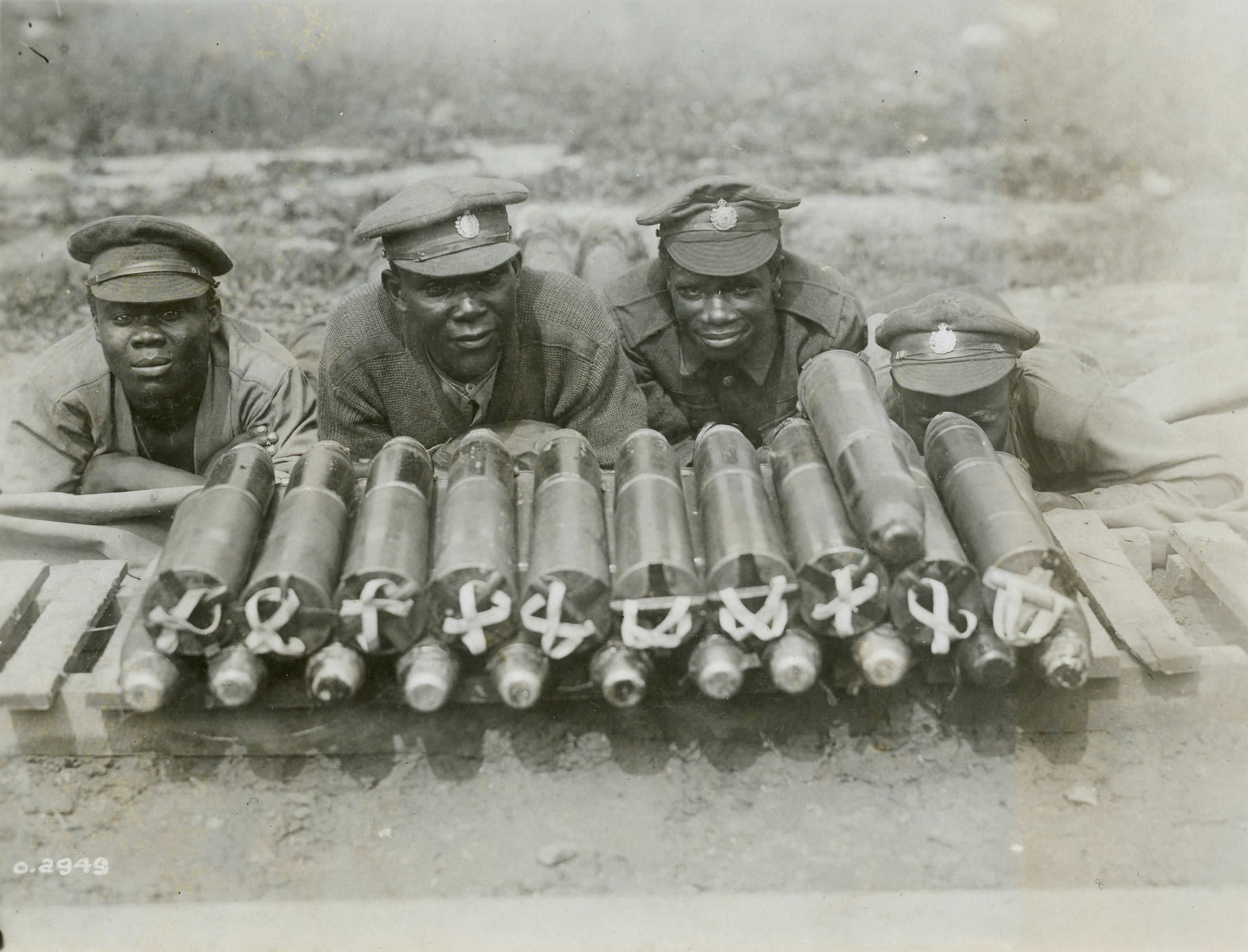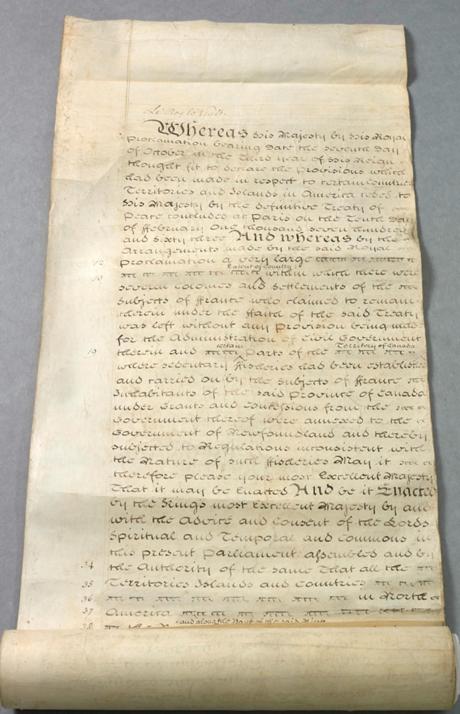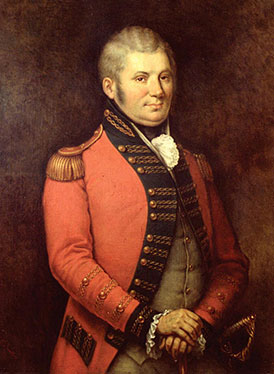Interview
No. 2 Construction Battalion and the Fight to Fight
No. 2 Construction Battalion, Canadian Expeditionary Force (CEF) — also known as the Black Battalion — was a segregated non-combatant unit during the First World War. It was the largest Black unit in Canadian military history. This is their story.














